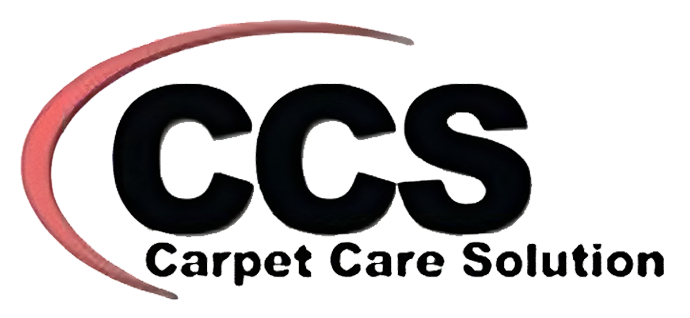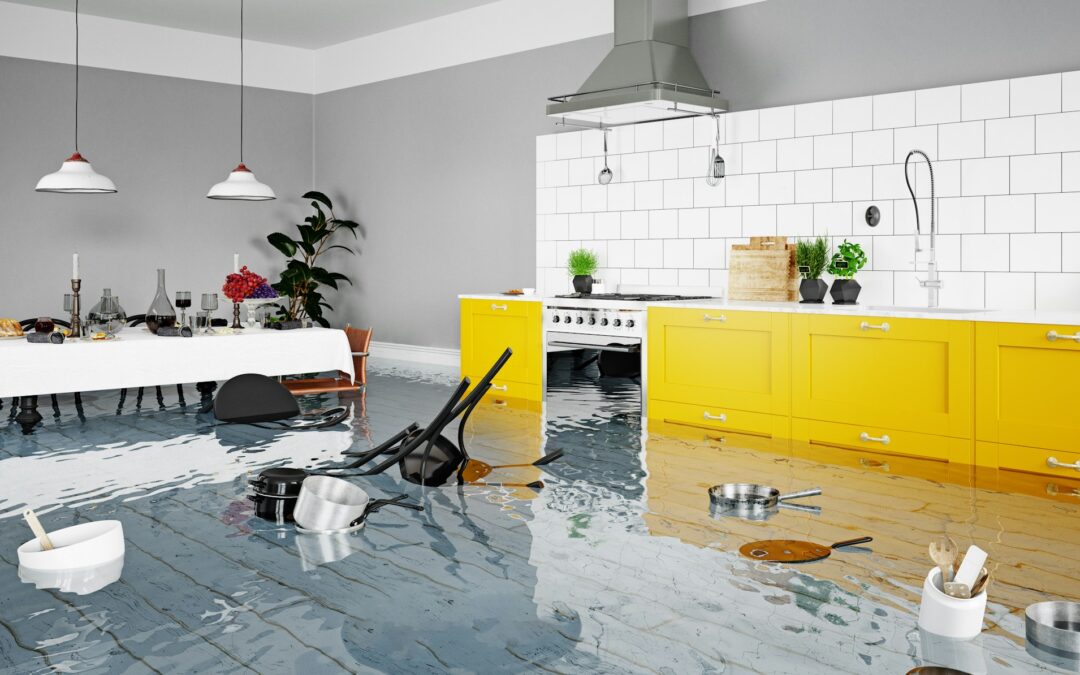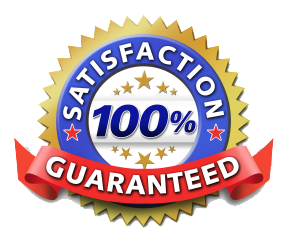When floodwaters invade a property, the immediate aftermath can feel overwhelming. Quick and decisive actions are critical to mitigating the damage, particularly when it comes to carpets and upholstery. These items can easily retain water and foster the growth of mold and harmful bacteria. It’s essential to understand the best procedures to follow to restore these valuable items to their former glory and ensure the overall hygiene and safety of the environment.
First, assessing the extent of the damage as soon as possible determines the success of salvage efforts. Each minute counts as water continues to seep deeper into fabrics and foundations, which can compromise the structural integrity of your property and the healthfulness of your living space. Following a systematic approach to water extraction and drying plays a crucial role in minimizing the lingering moisture that can lead to mould and odours. Moreover, once the immediate threat is addressed, focusing on deep hygiene and preventative measures ensures that the long-term effects of flood damage are kept at bay, protecting your property and well-being.
Immediate Actions to Take Following Flood Damage
When faced with flood damage, taking immediate and efficient action is crucial to minimize the impact on your property, especially your carpets and upholstery. The first step we always recommend is to ensure safety by turning off the main power if water has risen near electrical outlets or devices. Next, if it is safe, remove small furniture items and other movable objects from the affected area to prevent further water absorption and damage.
Additionally, alleviating the water as quickly as possible is essential. We advise using towels, mops, and buckets to remove standing water, emphasizing areas around furniture and low-lying sections where water can collect. This initial cleanup helps prepare for a more thorough restoration and cleaning process, which our professionals can handle with precision and care. Remember, quick responses can significantly reduce the overall damage and the costs associated with repair and restoration.
Assessing the Extent of Water Damage to Carpets and Upholstery
Accurately assessing the extent of water damage is fundamental in determining the appropriate restoration steps. Our initial evaluation focuses on determining how deeply the water has penetrated your carpets and upholstery. This involves checking the subflooring and padding beneath carpets, as these areas can trap water, leading to prolonged dampness without obvious signs at the surface.
For upholstery, we examine the internal padding and framing, areas susceptible to water damage that can compromise the furniture’s structural integrity. Techniques such as moisture mapping and the use of hygrometers help us accurately gauge the moisture content and frame a precise strategy for water extraction and drying. This thorough evaluation ensures that we address all affected areas, preventing the onset of mould, mildew, and other related issues while restoring your items to their pre-damage condition. By understanding the full extent of the damage, we can apply targeted treatments that effectively bring your belongings back to life.
Step-by-Step Guide to Water Extraction and Carpet Drying
Dealing with water-soaked carpets can be daunting, but we have a tried-and-true method for efficient water extraction and carpet drying that minimizes damage. Initially, we use commercial-grade extractors that pull out a vast amount of water from your carpets. This initial step is crucial as it rapidly reduces the time moisture remains, thereby lessening the chance of mould growth and structural damage.
Following water extraction, our focus shifts to drying. We employ high-speed air movers in combination with dehumidifiers to effectively evaporate the remaining moisture. This process is meticulously monitored to ensure optimal drying without causing further damage. Positioning and periodically relocating these machines allows us to target critically damp areas, ensuring a comprehensively drier environment that is ready for rehabilitation.
Post-Cleanup Care: Preventing Mould and Ensuring Deep Hygiene
After water damage cleanup, preventing mould and ensuring deep hygiene are paramount. We treat cleaned carpets and upholstery with anti-microbial solutions that inhibit mould and bacteria growth. This treatment is essential not just for maintaining the hygiene of your space but also for safeguarding the health of everyone in the environment. Additionally, we advise relaying any dislodged carpets to ensure they are fitted correctly, preventing any future issues with moisture trapping.
It’s also vital to maintain air quality after such an event. This could involve replacing HVAC filters contaminated with mould spores or other pollutants to prevent circulating contaminated air. Regular inspections and vacuuming using HEPA-filtered machines can control and eliminate finer particles that might have settled after a flood.
Closing Section
At Carpet Care Solution, we understand how critical it is to maintain a clean, safe, and welcoming environment, whether for your home or business. Handling carpets, upholstery, and area rugs with professional care, especially after something as disruptive as a flood, requires expertise, precise tools, and a dedicated approach. Our comprehensive services aim to restore the aesthetics of your carpets and their safety and hygiene, ensuring you, your family, or even your employees operate in a secure and healthy space.
If you’re facing the aftermath of a flood or want to ensure that your carpets and upholstery receive the best care possible, don’t hesitate to contact us today. Choose Carpet Care Solution for a reliable, expert carpet restoration servicetailored to tackle your hardest problems and refresh your beloved carpets as they deserve. Contact our team today at (905) 819-0462.





